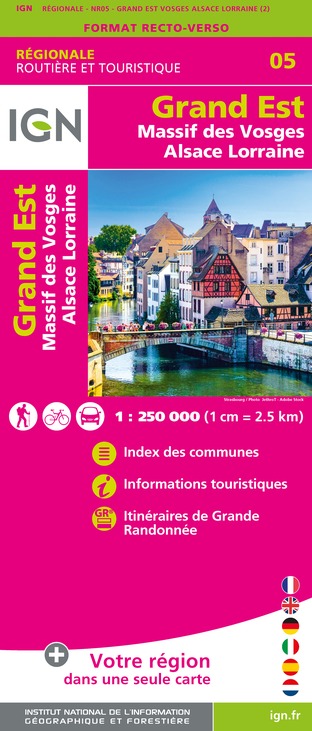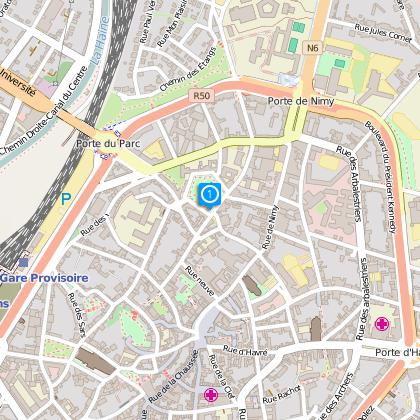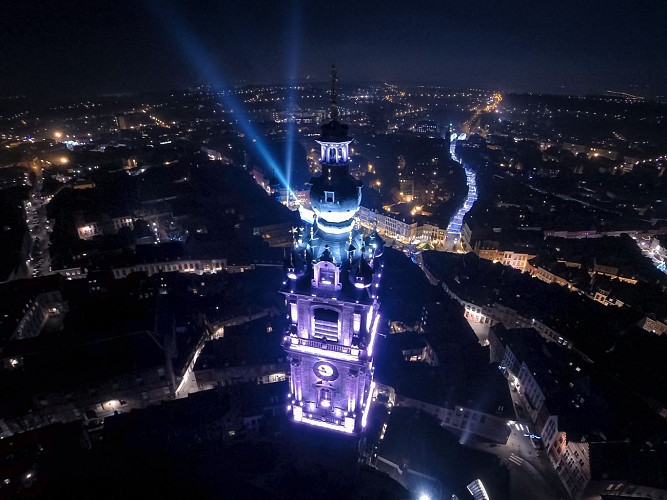Alert
Alerts
Type of practice
Walking
Very easy
2h
Cycling
Easy
1h
Presentation
Description
Map
Steps
Points of interest
Ratings and reviews
See around
Circuit of the historical centre of MONS : heritage and museums









Credit : © Gregory Mathelot
IGN cards

102 LILLE MAUBEUGE PNR SCARPE ESCAUT PNR DE L'AVESNOIS
Editor : IGN
Collection : TOP 100
Scale : 1:100 000
8.40€

D59-62 NORD PAS-DE-CALAIS
Editor : IGN
Collection : CARTES DÉPARTEMENTALES IGN
Scale : 1:150 000
5.90€

NR05 GRAND EST RECTO/VERSO MASSIF DES VOSGES ALSACE LORRAINE
Editor : IGN
Collection : CARTES RÉGIONALES IGN
Scale : 1:250 000
6.80€

NR04 - GRAND EST RECTO/VERSO ARDENNE CHAMPAGNE
Editor : IGN
Collection : CARTES RÉGIONALES IGN
Scale : 1:250 000
6.80€

NR01 HAUTS-DE-FRANCE
Editor : IGN
Collection : CARTES RÉGIONALES IGN
Scale : 1:250 000
6.80€

PAYS-BAS BELGIQUE LUXEMBOURG
Editor : IGN
Collection : DÉCOUVERTE DES PAYS DU MONDE IGN
Scale : 1:300 000
7.00€

EUROPE
Editor : IGN
Collection : DÉCOUVERTE DES PAYS DU MONDE IGN
Scale : 1:2 500 000
7.00€
Description
The circuit connects the major heritage and tourist sites of the town centre of Mons, departing from the Grand'Place. Discover the UNESCO sites, the museums, the picturesque streets and the mews of the historical centre.
WARNING: The circuit is very urban and therefore requires all necessary caution. It is intensively used by vehicles and is not suitable for the youngest cyclists.
Technical Information
Walking
Difficulty
Very easy
Duration
2h
(1d)
Dist.
6.5 km
Type of practice
Walking
Very easy
2h
Cycling
Easy
1h
Show more
Altimetric profile
Starting point
3
Grand Place
,
7000
Mons
Lat : 50.45416Lng : 3.95206
Points of interest
Data author

proposed by
Hainaut Rando
Digue de Cuesmes 29/1 7000 Mons Belgique
Ratings and reviews
To see around























